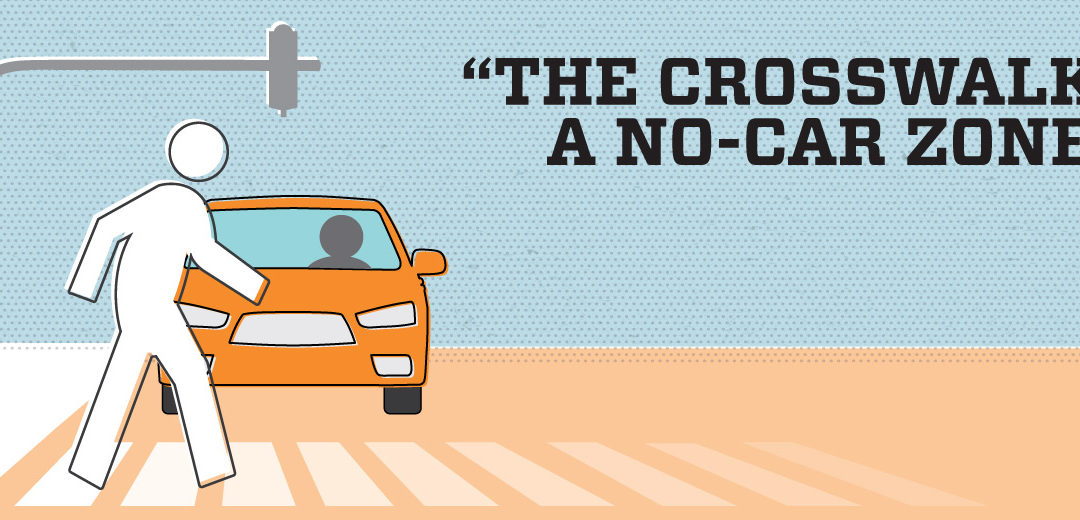After two years of marked increases, the number of pedestrian fatalities in the U.S. is holding steady with nearly 6,000 pedestrians killed in 2017, according to estimates from the Governors Highway Safety Association. Most crashes involving pedestrians occur at non-intersections.
Crossing Rules
Most of us cross streets every day. We are all pedestrians at one time or another, and we take for granted that we can cross without incident because, most of the time, we do. But sometimes we aren’t so fortunate.
Nationally, each year about 6,000 pedestrians die and 70,000 are injured in traffic accidents. Young children and the elderly are more likely to be killed or injured in a pedestrian crash than any other group. While it’s easy to blame drivers, they are not always responsible for these accidents. All too often, pedestrians are the cause of accidents.
These senseless tragedies don’t have to happen. Review this advice for safe street crossing to avoid potential injuries—and even death.
Always follow these steps when crossing a street:
- Before crossing, stop at the curb, edge of the road or corner before proceeding.
- Look left-right-left and over your shoulder for turning vehicles. If it’s clear, begin crossing.
- Continue to check for traffic while crossing.
Pedestrian Tips
- At intersections with traffic lights and pedestrian signals, it’s important to follow the signals carefully. Locate and press the crosswalk button, wait until you see the WALK signal and follow the rules for crossing. Always stow your cellphone when crossing the street and keep your head up.
- A flashing DON’T WALK signal indicates you shouldn’t start to cross the street. However, if you are in the middle of the street and the DON’T WALK signal starts flashing, continue walking; you have time to complete the crossing.
- If you see a steady DON’T WALK signal, don’t begin to cross the street! Wait for the next WALK signal. The WALK signal and the green traffic light indicate that it’s your turn to cross the street, but they do not mean it is safe to cross. The WALK signal and the green light mean: Look both ways, and then if it’s safe, go. Make eye contact with drivers to ensure they see you as you cross.
- At night, wear light colors and walk where the streetlights will illuminate you.
Driver Tips
- Be sure to stop before the crosswalk. This is a no-car zone.
- When the light turns green, go slow, check your surroundings and proceed with caution. Make eye contact with pedestrians to ensure it’s safe to continue through the intersection.
- At night, reduce your ground-speed. Always turn on your headlights when visibility is low and use your turn signal to let others know where you’re heading.
- Pavement Markings Are Your Road Map to Safely Crossing
Crosswalks
While they won’t protect pedestrians from oncoming traffic, crosswalks do serve to guide pedestrians across the street. Motorists are reminded to look for and to yield to pedestrians in the road when they see the bright, white lines of a crosswalk.

